« Sport Mode Provides Number of Performance-Enhancing Advantages
Financing with a Low Credit Score is Possible at Zimbrick »
Jun 29, 2018
In the past, it was necessary to keep a tire gauge handy, so that you could periodically check the pressure of your tires. Thanks to advances in technology, however, checking the pressure and keeping the tires filled to the proper pressure is now easier than ever before. Your vehicle can tell you when the tires need air, but that doesn’t mean that you should always rely on that technology. To give you a better idea of how often you should be checking and filling your car tires, let’s dive a bit deeper into tire air pressure.
The air pressure in your tires can change drastically depending on the temperature outside. They see the most fluctuation in winter, as the cold temperatures can cause the pressure to drop by as much as five pounds-per-square-inch (PSI). Considering that most tires recommend a PSI between 30 and 40, losing as much as five PSI can be pretty drastic, and if the pressure is not corrected, it can lead to some major issues.
As the seasons have such an effect on the pressure of your tires, how often you’re checking the pressure ultimately depends on the season. For that reason, let’s break things down into both winter and summer.
Given that tire pressure fluctuates so often in the winter, you should be checking the pressure of your tires at least once a month. If your car is equipped with a Tire Pressure Monitoring System (TPMS), you can rest easy, as the warning light will turn on if one or more of the tires ever drop below the pressure that they should be at. Still, it’s important to check at least once a month, as the tires could be at an acceptable pressure, but one that is just slightly above the recommendation. It’s definitely best to check.
It’s definitely best to check.
The summer heat can cause the air in your tires to expand, but it does not have as much of an impact as the cold temperatures of winter. Still, the recommendation for checking tire pressure is still once a month. A good rule of thumb to remember is that your tires lose about one PSI every month after you fill them, so checking every month can help you to ensure that they are always inflated to the proper pressure. You won’t see quite as many tire pressure warning lights in summer, but you should still be checking often.
Here at Zimbrick, we have several service centers in the Madison, Middleton and Sun Prairie areas, and if you have been looking for a place to check your tire pressure, and to have your tires filled, you can do so at any one of our locations. Even better is that you don’t ever need an appointment for the service. Just swing by any one of our service centers or body shops and let the team know what you’re looking for. They can get the pressure of each tire and top them off if at all necessary. We hope to see you in soon.
Just swing by any one of our service centers or body shops and let the team know what you’re looking for. They can get the pressure of each tire and top them off if at all necessary. We hope to see you in soon.
Tags: How-To
Posted in
Helpful Tips |
No Comments »
You might not notice but the air pressure in your car can change drastically depending on the outside temperature. In winters, the cold temperature can cause a drastic fall in the tire pressure as much as five pounds of PSI (pounds-per-square-inch). The majority of car tires require a PSI between 30 and 40, so losing something as small as 5 PSI would bring a drastic change. If there is no change made in this situation, then it can lead to a major issue. It is here that one might wonder about how often should you put air in your tires to maintain their proper functioning.
It is here that one might wonder about how often should you put air in your tires to maintain their proper functioning.
In the past, it was a necessity to carry a tire gauge to check the air pressure of the car tires. However, with time the advancement in automobile technology one can easily keep track of the pressure in their vehicle tires. Your vehicle can easily tell you when the tire needs an air refill, so you need not rely always on technology. Let us dive a bit deeper into when is the right time to know what is the right time to fill the air in your car tires. You can also browse online to know the best maintenance tips for your car tire. Let us now understand the situations in which the tires might need some extra air pressure in them.
The answer to your question depends on a number of different factors including the driving pattern, size, and load on the tires. Automobile manufacturers often mention the recommended inflation pressure of the tires on the door jam or in the glove box. However, a change in the brand or type of tires can often confuse you as to
how often should you put air in tires of your vehicle. We will provide you with complete information on this issue.
Automobile manufacturers often mention the recommended inflation pressure of the tires on the door jam or in the glove box. However, a change in the brand or type of tires can often confuse you as to
how often should you put air in tires of your vehicle. We will provide you with complete information on this issue.
SEE MORE:
The common PSI for passenger cars, mini-pickup trucks, and cars ranges from 27 to 32. On the other hand, the PSI for a full-size SUV and pickup lies from 5 to 8 PSI, but it is to accommodate the heavy size and weight.
Another important component, which decides how often you need to fill the air in the car tires includes the tire pressure.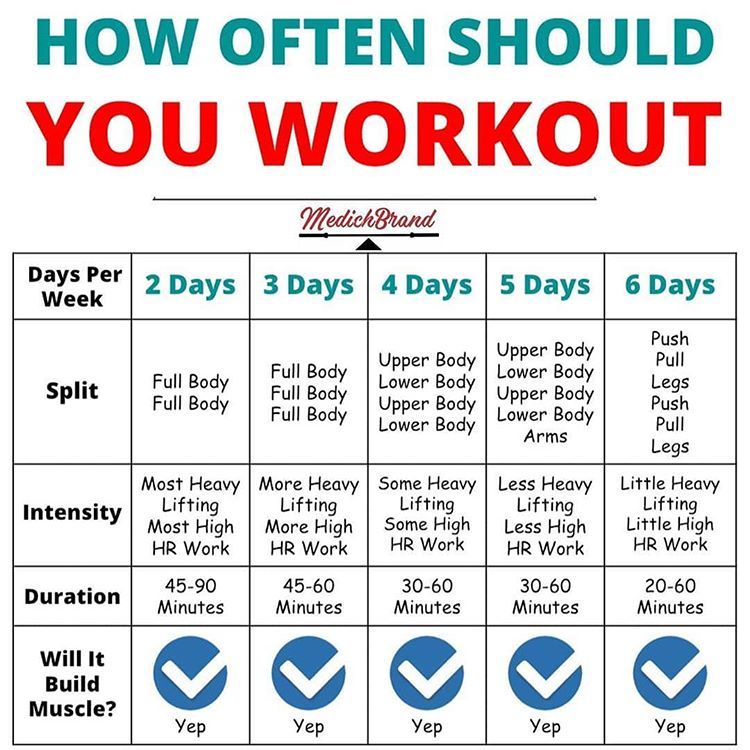 The tire pressure in the front tire can vary from the rear tires. Car experts recommend that you should add some extra pressure, which will also offer better car fuel economy, as it will decrease the rolling resistance of the tires.
The tire pressure in the front tire can vary from the rear tires. Car experts recommend that you should add some extra pressure, which will also offer better car fuel economy, as it will decrease the rolling resistance of the tires.
In case, you carry extra cargo or carpool, it is recommended to fill in some extra air to the rear tires to offset the added weight. Whenever you will add extra pressure to the tires in any of the circumstances above, do not exceed the level as provided by the car manufacturer. The one set provides the maximum pressure for which they designed the tire. If you try to add extra weight beyond what the manufacturer recommends, it can lead to tire failure and damage.
Things You Must Know About How Often Should You Put Air In Your Tires (Photo Source: istockphotos)Hence, we recommend that you regularly check the tire pressure of your vehicle, as they leak air fast. A loss in the air during driving compounds to half pound a month, if you notice more than this then it is time for you to refill the air in the tires.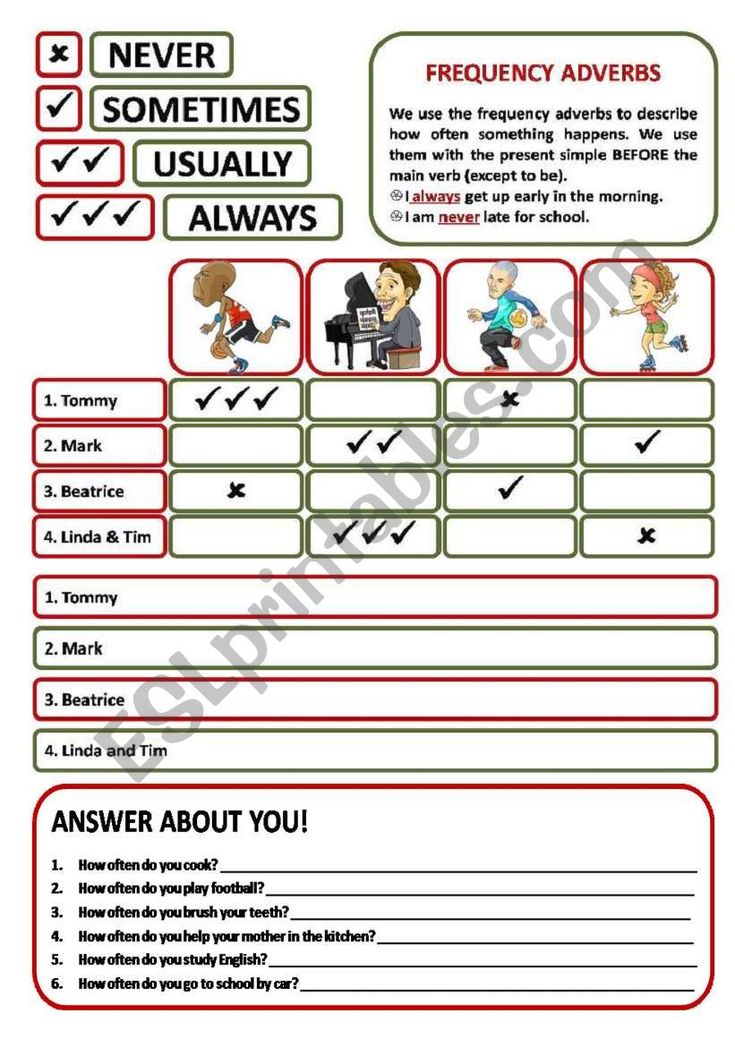 Thus, we hope that this blog has provided the answer to how often should you put air in your tires question.
Thus, we hope that this blog has provided the answer to how often should you put air in your tires question.
Photo: Shutterstock
adv.rbc.ru
See also
Tires are the only vehicle element that is in constant contact with the road. One of the main indicators of their serviceability is pressure. It affects not only fuel efficiency, but also safety.
As a rule, car manufacturers recommend maintaining tire pressures between 2.0 and 2.8 bar. But in practice there are situations when it is necessary to deviate from this norm. nine0003
adv.rbc.ru
Tire pressure should be checked at least once a month, there are several ways to do this. We understand why it is so important to observe the optimal pressure indicator and what it affects.
In this story:
Tire pressure is the resistance with which air "presses" on the inner area of the rubber. Properly inflated tires will last longer, give you better ride quality and improve your driving safety. If the pressure in the tires is too low or they are pumped over, then the car owner runs the risk of facing a number of problems: from buying new tires to the threat of an accident. nine0003
Properly inflated tires will last longer, give you better ride quality and improve your driving safety. If the pressure in the tires is too low or they are pumped over, then the car owner runs the risk of facing a number of problems: from buying new tires to the threat of an accident. nine0003
Properly inflated tires will last longer (Photo: Global Look Press)
Under-inflated tires are tires that are below the recommended pressure. In this case, the contact patch of rubber with the road increases, which leads to increased friction or rolling resistance. A worn out outer edge of the tread can visually give out such a problem. nine0003
Increased friction with the road can cause the tire to overheat, slip and even burst. In addition, low tire pressure leads to:

When tires are over-inflated, that is, above the manufacturer's recommended rate, the contact patch decreases. As a result, the main friction with the road is taken over by the central part of the tire.
Excessive tire pressure leads to excessive sensitivity to road irregularities and the risk of tire damage, even destruction. Overinflated tires also cause the following:
Tatyana Eliseeva, an auto expert, master of sports of international class in motorsport, comments
For flat tires:

For overinflated tires:
Excessive tire pressure leads to excessive sensitivity to road irregularities and the risk of tire damage (Photo: Shutterstock)
For each car model, the manufacturer sets its own optimal tire pressure. This indicator depends on the mass of the car, the speed of operation, the number of passengers (partial or full boarding), as well as the load on the trunk [1]. nine0003
The recommended tire pressure can be found in the vehicle owner's manual or on one of the plates/stickers in the passenger compartment. They can be:
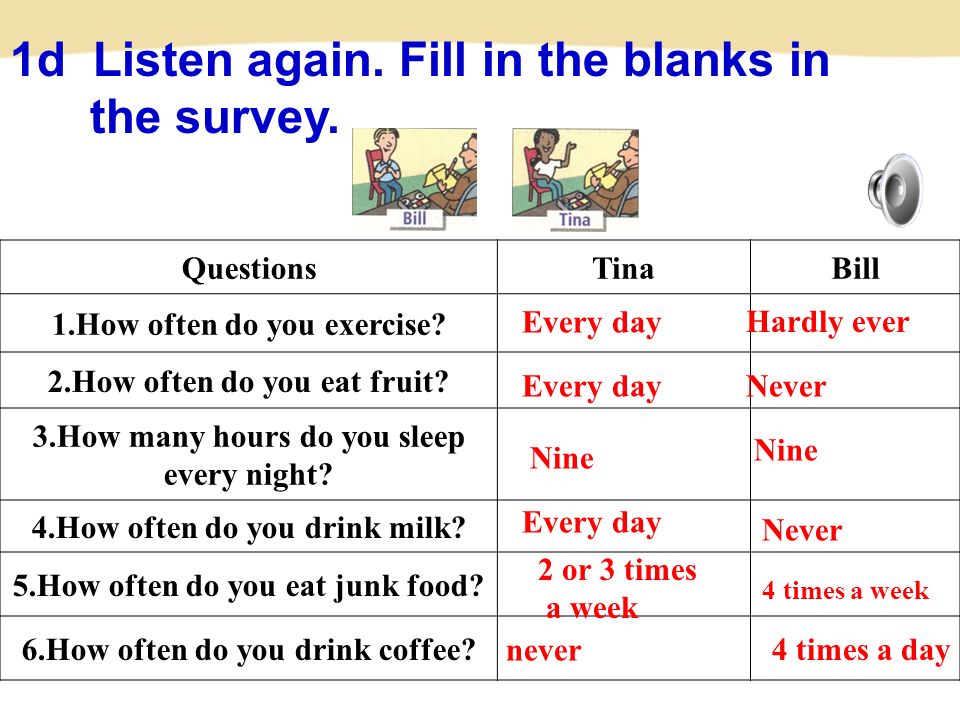
Tire pressure is measured in several units. In Russia, they usually indicate in kg / cm 2 (or atmospheres) and bars (bar). These two indicators are almost equal, which is why they are often used as synonyms:
Foreign models often use pounds per square inch (pound per square inch), or psi:
For convenience, car manufacturers can indicate pressure in two units at once - bar and psi. Thus, the need to independently calculate according to the formulas disappears. Otherwise, you can do this in one of the online calculators or check the table of popular values. nine0003
| 2.0 bar | 2.1 bar | 2.2 bar | 2. 3 bar 3 bar | 2.4 bar | 2.5 bar | 2.6 bar | 2.7 bar | 2.8 bar |
| 29psi | 30psi | 32 psi | 33 psi | nine0148 35 psi36 psi | 38 psi | 39 psi | 41 psi |
Temperature has a significant effect on tire pressure: when it drops, the pressure in the wheels decreases with it. When the temperature drops by 10 °C, the tire deflates by an average of 0.07–0.14 bar or 1 to 2 psi [2].
Temperature has a significant effect on tire pressure (Photo: Shutterstock)
Summer tires typically use manufacturer's recommended readings. But in winter, it is advised to add about 0.2 bar to these figures [3].
Experts also recommend checking and correcting tire pressure at outside temperature. In the cold season, swapping is best done not in a warm garage, but on the street. In summer, before such a manipulation, you should make sure that some of the wheels of the car were not under the scorching sun, while others were in the shade. nine0003
Sometimes the tire pressure needs to be adjusted according to the situation. For example, when the machine is fully loaded or a trailer is towed. For such cases, automakers, as a rule, separately indicate the optimal pressure.
But there are moments that fall into the category of extreme and non-standard (especially if before that the car most often drove around the city). Automotive expert Tatyana Eliseeva analyzed the most common of them. nine0003
Leads to heating of the wheels, especially in summer, and therefore it is necessary to follow the manufacturer's recommendations before such a trip.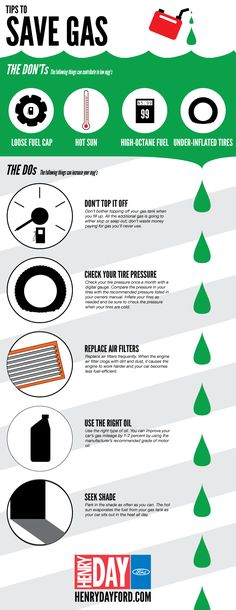 We do not know what we will meet: patched road repairs or heavy rain. After all, for each of these situations, the recommendations will be opposite. Athletes can play with pressure when track conditions are known and engineers can always change the settings. For a long journey, the layman just needs to choose the average.
We do not know what we will meet: patched road repairs or heavy rain. After all, for each of these situations, the recommendations will be opposite. Athletes can play with pressure when track conditions are known and engineers can always change the settings. For a long journey, the layman just needs to choose the average.
Tires must be bled off, especially on sand. The question is for how much? You can bleed up to 0.7 atm, but a not very experienced motorist can slip the wheels with an inaccurate movement, and if the driver turns the steering wheel sharply (for example, trying to catch on the edge of the track), then the tire can come off the disk. And such cases occur regularly.
At near-zero temperatures on packed snow, ice or sludge for new wheels (velcro or studded) it is better to pump the wheels a little so that water and sludge are squeezed out of the central zone of the contact patch and the tread is better have worked.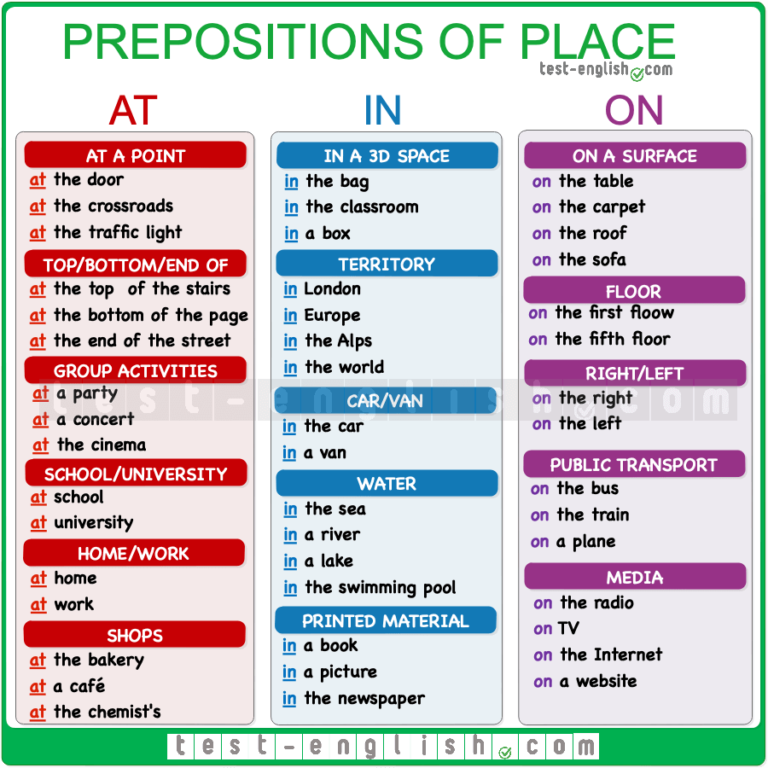 The wheel must be cleared for the tread to work. When it is clogged with snow, the braking distance and traction deteriorate greatly. nine0003
The wheel must be cleared for the tread to work. When it is clogged with snow, the braking distance and traction deteriorate greatly. nine0003
If the car has worn wheels, but with an acceptable tread depth for winter tires (4 mm), then you should not hope for the correct operation of the tread. Such a low checker no longer pushes the snow. In this case, it is necessary to reduce the pressure in the wheel, thereby increasing the same contact patch.
Photo: Global Look Press
On a country road, the weight of the machine will be an important factor. In this case, we select the pressure according to the load - specific indicators must be viewed on the central pillar of the body. There you will see something like the following recommendation: the more the car is loaded, the higher the pressure in the rear wheels should be. nine0003
But a badly broken road can lead to herniations, ruptures and tire damage. Therefore, if we increase the pressure, then we drive on a bad road as calmly and measuredly as possible. Or we slightly deviate from the manufacturer's recommendations and raise the pressure not as much as the manufacturer recommends.
Or we slightly deviate from the manufacturer's recommendations and raise the pressure not as much as the manufacturer recommends.
The main factor in changing the behavior of the wheel is not the pressure drop at altitude, but the presence of a large number of sharp turns and long braking. The tire will heat up not only from the loads, but also from the operation of the brake mechanisms. Therefore, the idea that due to low pressure it is necessary to increase the pressure in the tires is wrong, because the temperature of the wheel has a much greater influence in this case. nine0003
The recommended pressure is always given when the tires are cold. This means that the vehicle has not been driven for three hours or has traveled less than 1 mile (or one mile).
There are two ways to check tire pressure: on your own or at a workshop. In the first case, it is enough to use a public pump at a gas station or purchase a pressure gauge. This tire pressure measuring device comes in three types:
This tire pressure measuring device comes in three types:
Another option is to install special pressure control caps on each nipple. Such a gadget works as follows: the upper part of the cap is transparent and, depending on the level of pressure, an indicator of three colors appears in it. Green - the pressure is normal, yellow - the tire is flat, red - the pressure has exceeded the norm. nine0003
Photo: Shutterstock
The easiest way to monitor tire pressure is with the automatic TPMS (Tire Pressure Monitor System). Today it is installed on almost all models, and in some countries its presence is a prerequisite for releasing a car from the assembly line.
In these systems, the electronics automatically detect changes in the tire, and if the pressure drops below the recommended value, a warning signal lights up on the on-board computer screen. nine0003
There are two types of TPMS:
Car manufacturers recommend checking tire pressure every two weeks, but at least once a month. Indeed, even under ideal conditions (for example, the car is idle for a long time), the wheels lose approximately 0.069bar, or 1 psi, per month [4].
The pressure should be monitored before and after a long trip, during a sudden change in temperature (for example, during the first frost or warming), and also after changing tires or driving with a load.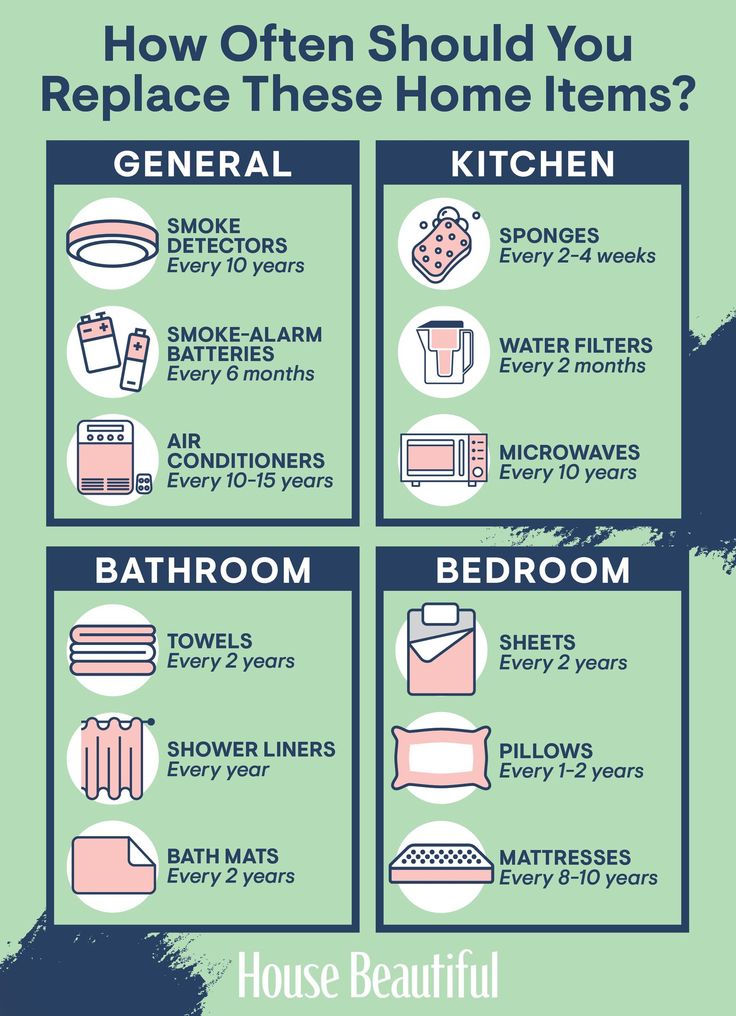
Also, don't forget the spare wheel. Automakers advise servicing it at least as often as the main wheels. As a rule, it has its own optimum pressure values, which can be found in the operating brochure or information table. nine0003
| Make and model | Standard load front pressure | Rear pressure at standard load |
| Lada Granta (standard version) | 2.0 bar | 2.0 bar |
| Lada Vesta | 2.2 bar | 2.2. bar |
| Kia Rio | 2.3 bar | 2.3 bar |
| Hyundai Creta | 2.3 bar | 2.3 bar |
| Renault Duster | 2.0 bar | 2.0 bar |
 The question of how to pump them up is taken for granted, and, as the AvtoVzglyad portal found out, in vain ...
The question of how to pump them up is taken for granted, and, as the AvtoVzglyad portal found out, in vain ... Maxim Stroker
In winter, even in such a simple action as pumping up the tires, a number of not very obvious nuances appear. They are connected, in fact, with the fact that frost rages on the street. The fact is that, as you know, all substances shrink and decrease in volume when cooled, and expand when heated. Moreover, gases are especially susceptible to this effect. The air with which we pump up the wheels is also a gas. Rather, it is a mixture of gases, but this is not important in this case.
So, based on the experience of operating machines, it is empirically deduced that for every 8 ° C decrease in the temperature outside, the pressure in the wheel drops by 0.1 bar (10 kPa, 0.1 atmosphere). Thus, if at + 20ºС the wheel is pumped up to 2.4 atmospheres, then when it gets colder (well, let's say this, purely theoretically!) To -20ºС, the pressure in it will drop to 1.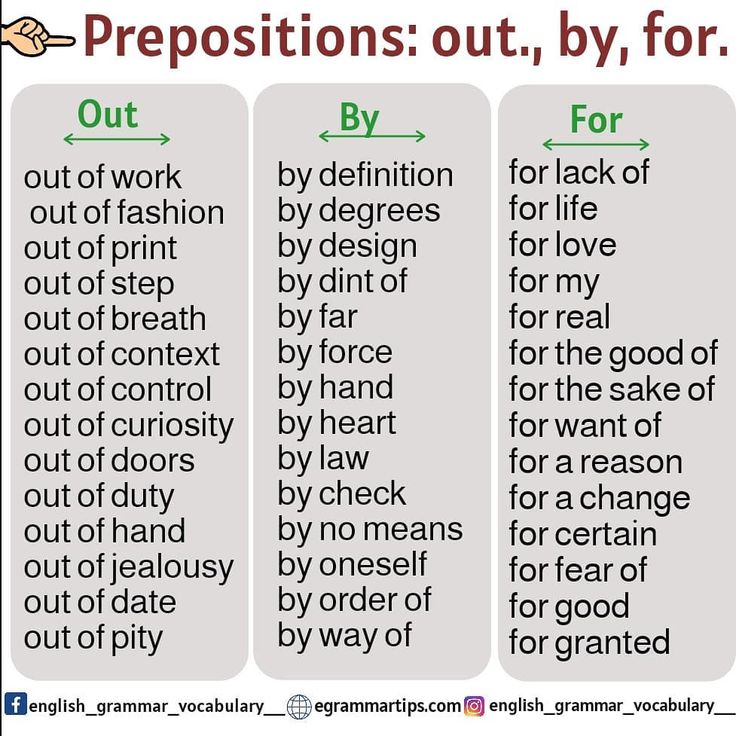 9atmosphere. That is - almost 20% lower than recommended in the "manuals" of many automakers.
9atmosphere. That is - almost 20% lower than recommended in the "manuals" of many automakers.
It is a mistake to think that such a situation is possible only in an inflamed journalistic imagination! Imagine a typical autumn situation: you came to the tire shop to “change shoes” - change tires from summer to winter. As is often the case in small workshops, the wheels are pumped up to the required 2.2-2.4 atmospheres immediately after balancing - in a warm room at a temperature of about + 20ºС. nine0003
In a short time, normal winter cold sets in - albeit not with a 20-degree frost, but with a confident "minus" of about -10ºС. The pressure drop in this case will be about 0.4 atmospheres, which is also significant. If you do not pay due attention to this moment, it will turn out that the car will then drive for almost the whole winter on flat tires. Someone will say that this is even good - they say, cross-country ability is improving.
Yes, but only in one case - when driving on soft loose snow, when an increase in the contact patch between the wheel and the road allows the car to fall less into soft snow.